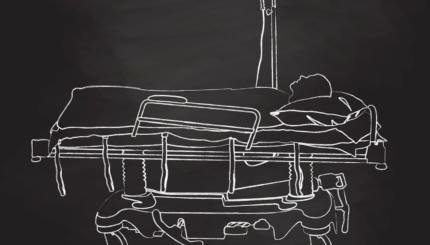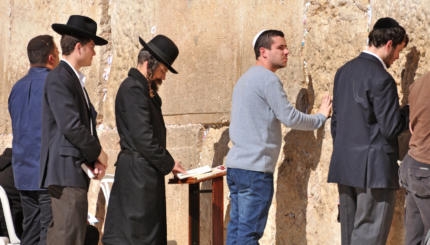Caring for the deceased and seeing to the needs of their mourners are not the same thing; they may even be in conflict with each other. Whether a culture conceives of death as a problem for the deceased or as a difficulty for the next of kin makes considerable difference in terms of what it mandates ritually. To be sure, no culture may easily ignore the physical reality of an actual body requiring burial, but if it attends preeminently to the living, it may choose to dispense with the corpse quickly and without solemnity, whereas if it interprets the crisis as focusing on the dead, it may pay much attention to burial but ignore mourning.
Modern North American culture, for instance, isolates the individual (not the group) as the object of attention; and it defines the individual as a body with a mind (or psyche) that begins functioning at birth and ceases with death. It thus disregards what happens after death, there being no self any more, and hence, no “after death” period worth pondering. As birth is held to be our beginning, so death is considered our end, and what attracts society’s attention about that end is how the individual handles its impending arrival and how other related individuals then manage the mourning that follows in its wake. In both instances, the problem is defined as psychological: when the body dies, so too does the psyche, and (therefore) the problem, as far as that individual is concerned.
Not so classical Judaism. Psychology as a religious rationale is distinctly a later overlay of modern interpreters seeking to justify ancient ritual regulations. It plays almost no role in the thinking of the rabbis who initiated the regulations in question.
Unlike us, the rabbis did not begin with the idea of a self who disappears at the moment of death. They held instead that despite the body’s demise, the essential person housed in the body still enjoyed some beyond-the-grave existence, so that proper burial and continued respect for the deceased were required. Funeral ritual is thus preeminently designed as an act of k’vod ha-met, “honoring the dead.” A corpse may not be subject to autopsy, for instance, nor may it be embalmed, except under unusual circumstances where not to embalm would dishonor the dead even more–as in preparing a body for burial far away, by which time if it has not been embalmed, it would putrefy; and even then, the embalming procedure must retain the body intact.
With your help, My Jewish Learning can provide endless opportunities for learning, connection and discovery.
With their attention fastened on honoring the dead, the rabbis give relatively little explicit attention to the psychological needs of the mourners. Regulations sometimes seem to address the pain of bereavement: sumptuary rules that limit exorbitant funeral expenses, for instance. But they are prompted not by the fear that inordinate cost may trouble the living, but by the aversion to the embarrassment that such expense may cause the deceased. They worry that wealthy people will receive a banquet in their honor, but poor people will not. Their rules democratize death, making sure that no one will have a poor funeral repast relative to others, and no one will thereby be dishonored simply because they had the temerity to die without leaving an estate behind.
Similarly, the rabbis passed regulations designed to prevent conflicts of religious responsibility during the time of mourning. But here too, rabbinic legislation worried less about psychic trauma than about the breach of honor due the dead, were mourners to allow the full gamut of daily responsibilities to interfere with the requirements of the recently deceased.
The classic Jewish burial rite should thus be understood as a ritualized interpretive gloss on a rabbinic view of death that focused on the needs of the dead. Rabbis could legislate only for the living, of course; their ritual seems therefore to have the living in mind; but their decisions derive from their dogmatic belief in life after death, and, therefore, their almost axiomatic insistence that customs associated with death affirm the continuing dignity of those who die.
In the 19th century, this theological hermeneutic came under attack, particularly by German Reform Jews, and Jews today have widely supplemented or even replaced rabbinic attitudes with modernity’s ubiquitous psychological justification for burial practices. Still, the notion of honoring the dead is evident, much as it was 2,000 years ago.
Reprinted with permission from Life Cycles in Jewish and Christian Worship (The University of Notre Dame Press).
Sign up for a Journey Through Grief & Mourning: Whether you have lost a loved one recently or just want to learn the basics of Jewish mourning rituals, this 8-part email series will guide you through everything you need to know and help you feel supported and comforted at a difficult time.
Looking for a way to say Mourner’s Kaddish in a minyan? My Jewish Learning’s daily online minyan gives mourners and others an opportunity to say Kaddish in community and learn from leading rabbis.



